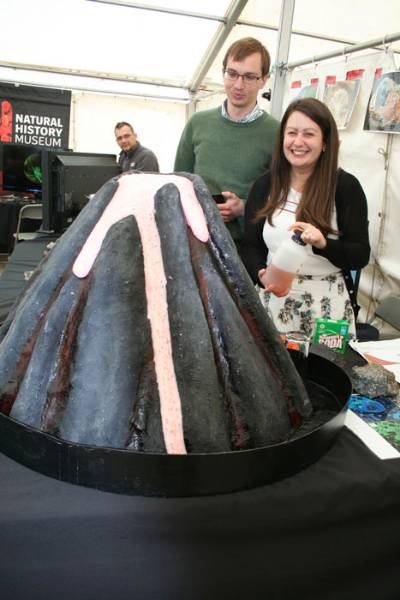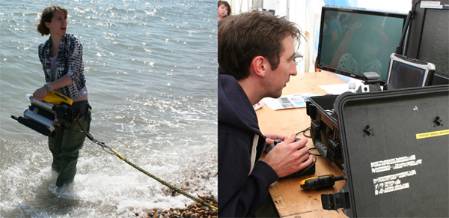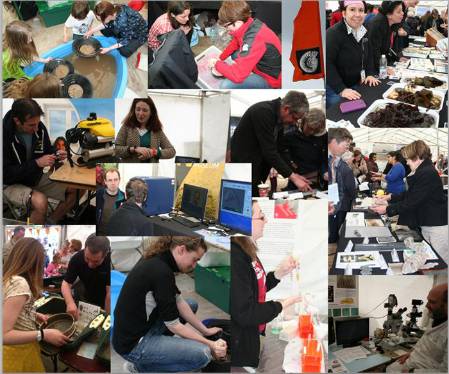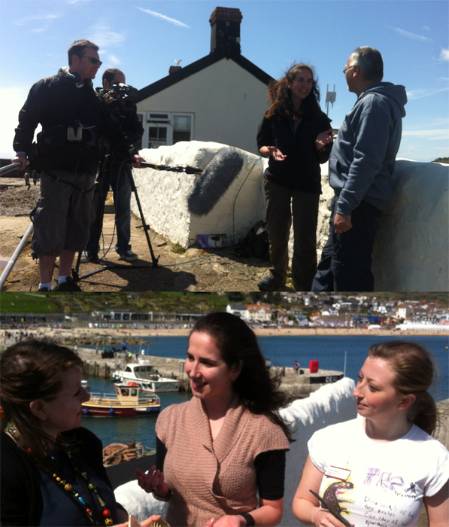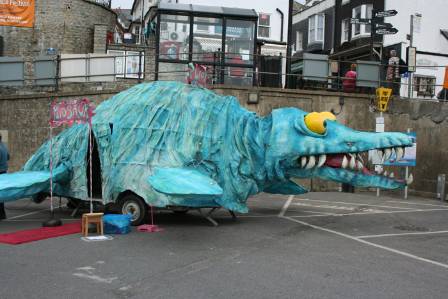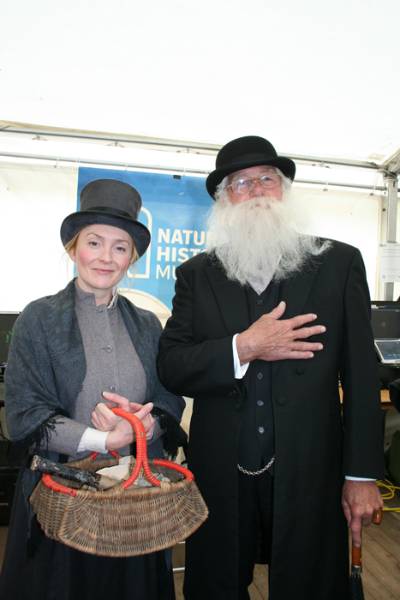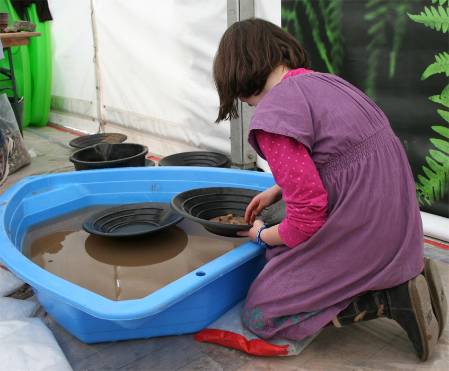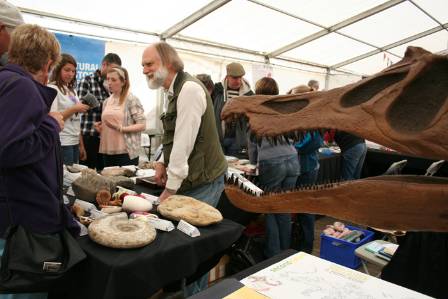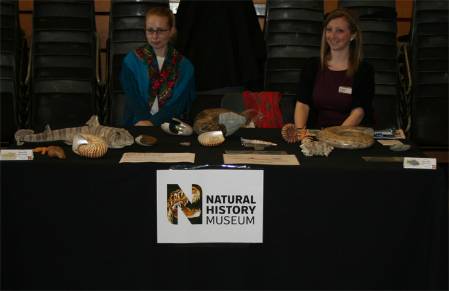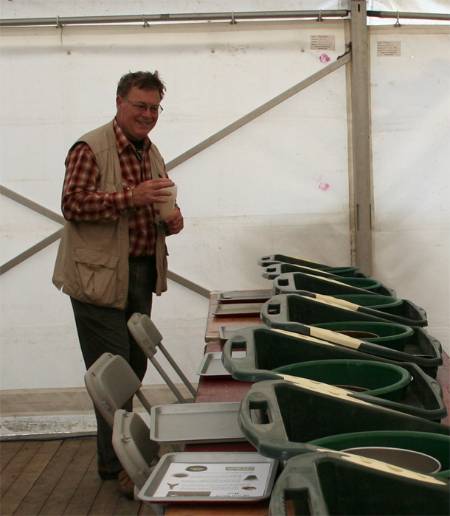We’re here on a three-week trip to continue our explorations of the caves of Rodrigues. The south-western part of Rodrigues (the smallest of the Mascarene Islands) has a partial covering of calcarenite, a type of wind-deposited limestone, which is riddled with caves. This rock is locally known as ‘corail’, and is believed to have formed when the coral reef was exposed during a period of low sea level, and the coral sand blew inland, forming dunes, which later lithified (turned to rock).
The caves were formed by groundwater dissolving the rock, and they boast all the usual flowstone formations - stalactites, stalagmites, columns, curtains, straws, helictites, gours and crystal pools. Two of the more awe-inspiring larger caves, Caverne Patate and Grande Caverne (below), are open as showcaves, but we are here for the old dead stuff - the bones of the animals that lived on this remote island before humans got here. We tend to find bones in the sediment on the cave floor, but not always.
 Grande Caverne, one of the larger caves inRodrigues
Grande Caverne, one of the larger caves inRodrigues
We are aiming to find the caves that were excavated by two 19th century naturalists, George Jenner and Henry Slater, who were among the first to collect bones of extinct species in the caves. Unfortunately, Jenner delegated the work to his deputy, and he in turn ducked out of his duties, meaning that Jenner’s report is vague at best, and perhaps fictional at worst!
Slater’s account was not much better. Using these tatty shreds of evidence we are trying to figure out where these two teams actually dug. There is a point to this - Jenner’s collections were sent back toCambridge University Museum, and Slater’s are now in the Natural History Museum, London. We’d like to know which caves the bones came from.
So what lived here in the past?
Rodrigues is 534 km east of Mauritius, the home of the famous dodo, but its little-known cousin, the solitaire, lived on Rodrigues. This bird was also flightless, and succumbed to extinction for similar reasons - human arrival, introduced species and rapid changes to its environment, that began around 1730.
The Rodrigues giant tortoises were taken to provide meat and oil for long sea voyages and to supply the hospital in Mauritius (the oil of giant tortoises was believed to cure scurvy). This over-exploitation caused their extinction around 1795; just 70 years after the Mauritius giant tortoises became extinct for the same reason.
Many other species of bird and reptile on Rodrigues also became extinct. Some of them we know from contemporary accounts and from museum specimens that were collected while the species were still alive; others we only know from the bones left behind in the caves.
There were no mammals except for the fruit bats, which are still with us today, thanks to a massive conservation effort. Of the endemic birds, only the warbler and the fody have survived, helped by local conservation work. The sparrow that visits our dinner table and the gecko that patrols the house, are just two of the introduced species here. Goats, cattle, cats, dogs, pigs, chickens, ducks and turkeys are here too, and we find their remains in the caves.
 Sieving cave sediment in search of bones, big and small
Sieving cave sediment in search of bones, big and small
Island hospitality
In 2007 we helped to set up a small museum on Rodrigues. It is here that we are based, and where our finds will remain. We are staying with a local family, a short walk from the museum and most of the caves. They are feeding us very well, with local produce including fish, octopus, vegetables and fruit, washed down with bucketfuls of rice.
The cyclone season has just finished and the strong winds that were keeping the mosquitoes at bay have now dropped, so I am fighting my usual battle with them (helped by a good mosquito net called ‘Mosinet’ which I highly recommend!). Julian says that he only brings me on these trips so I can be the mosquito bait. However I think I have proved my worth this time…
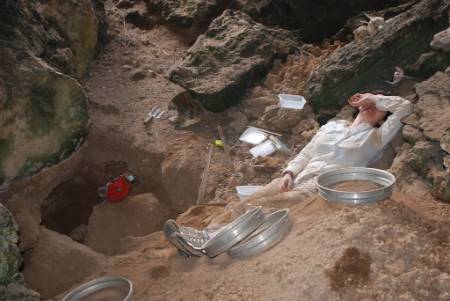 Taking a well-earned rest after lots of digging and sieving
Taking a well-earned rest after lots of digging and sieving
Exciting fossil finds
We have been excavating in one large cave for about a week, and got down to about 1 metre depth. We are sieving the sediment and picking out all of the bones, big and small. Julian is very pleased that we have found some bones of the solitaire (probably all from the same female), rail, owl, night heron, parakeet, petrel, starling and other passerines. As usual, there is lots of small reptile, including the world’s largest ever gecko, which was half a metre long, not including the tail.
At some point I went to explore the other side of the cave. Having stopped to pick up a solitaire wing bone (as you do), I looked up and saw the carapace (upper shell) of a tortoise wedged under rocks and partly buried in sediment. We carefully freed the fragile carapace, which was in pieces, and transported it back to the museum in a big washing-up bowl lined with bubble wrap, where I carefully cleaned, repaired and mounted it. Today we made a space for it in a display case. This carapace might be the third species of extinct giant tortoise of Rodrigues- we are still pondering this, and will send photos to an expert on the fossil tortoises of the Mascarene Islands.

The carapace (upper shell) of a tortoise, found wedged under rocks
As if this wasn’t enough, today (1 May) we visited three caves, to take GPS readings and photos. In the last one of these caves, I spotted another tortoise carapace, in a really awkward position under rocks. As it was nearly 3pm on Labour Day, and we hadn’t brought our washing-up bowl (!), we decided to leave this one until morning. This is why we are celebrating with a well-earned beer! In your face, Jenner and Slater, you should’ve gone to Specsavers!
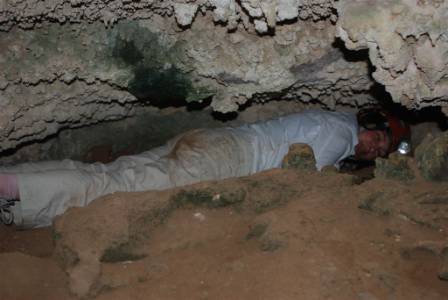
Braving tight spaces in search of fossils



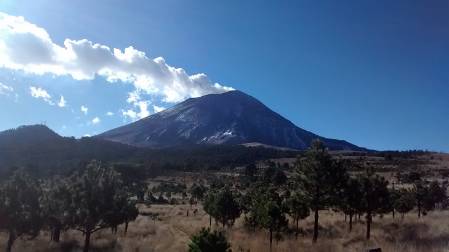
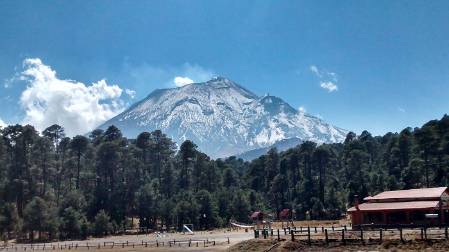
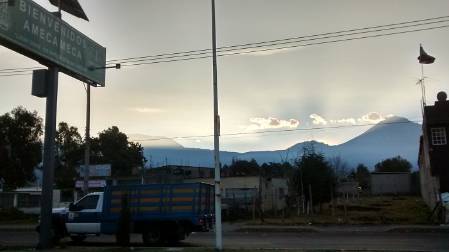
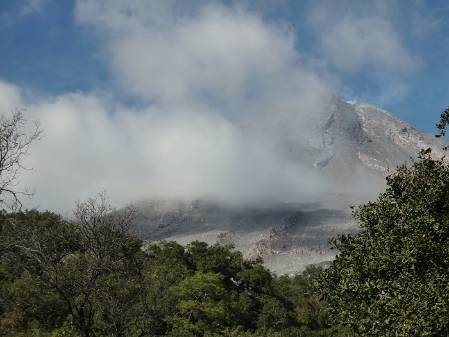
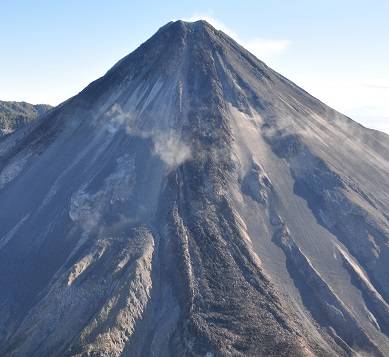
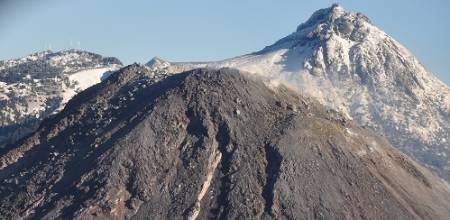
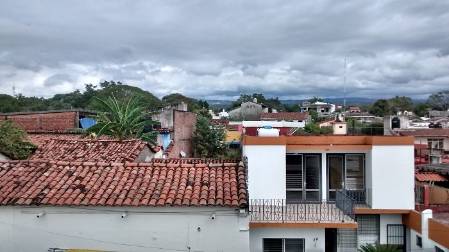
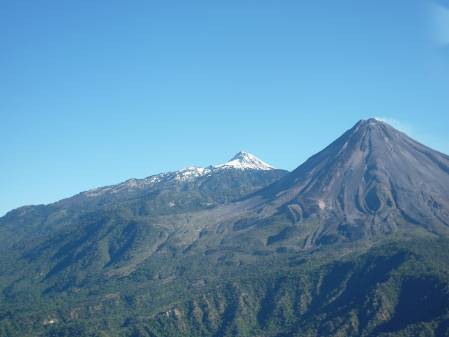
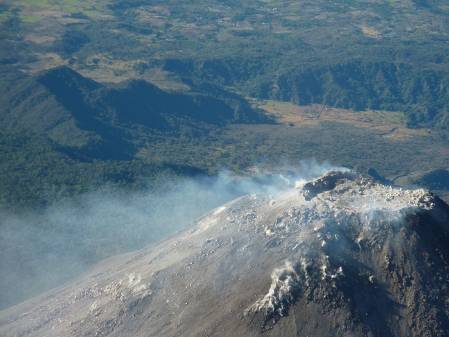
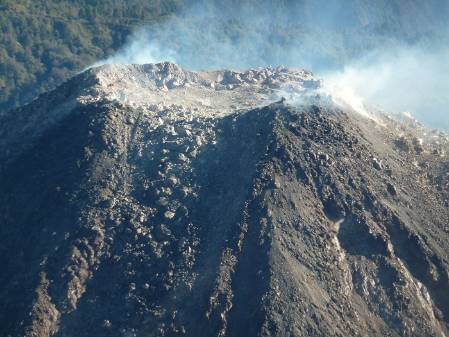

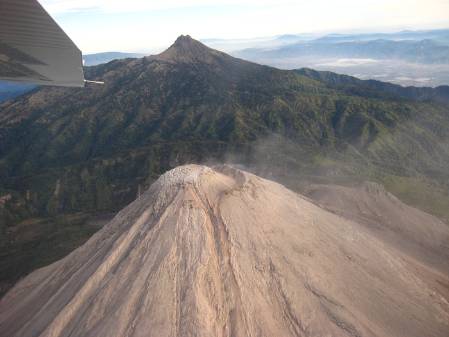
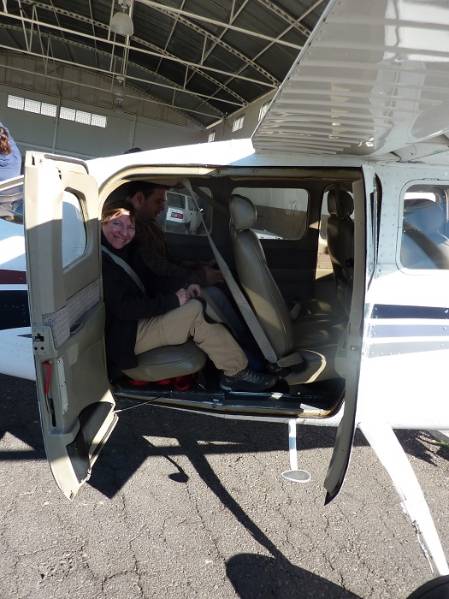
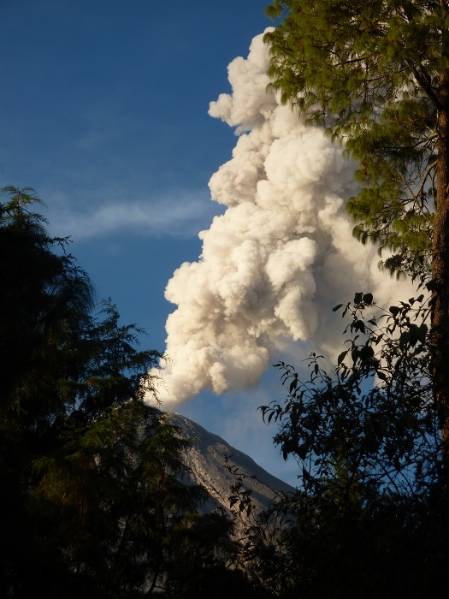
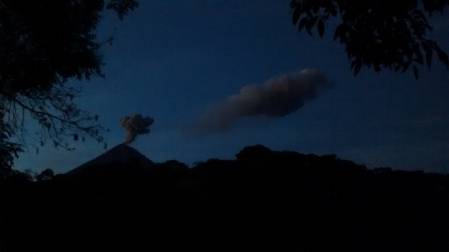
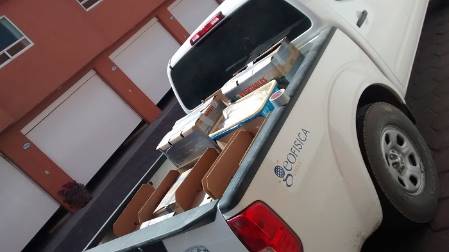





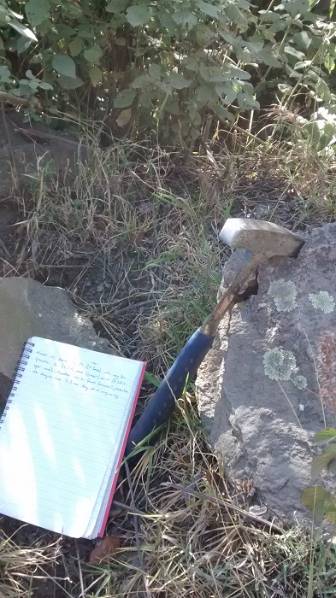
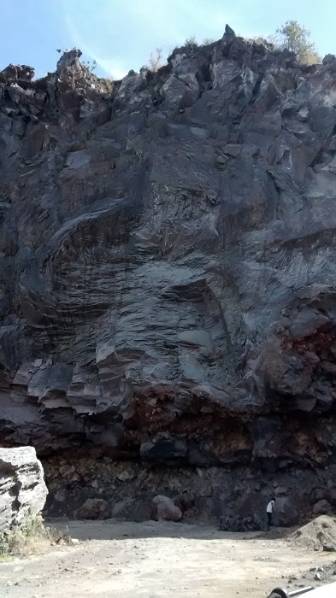
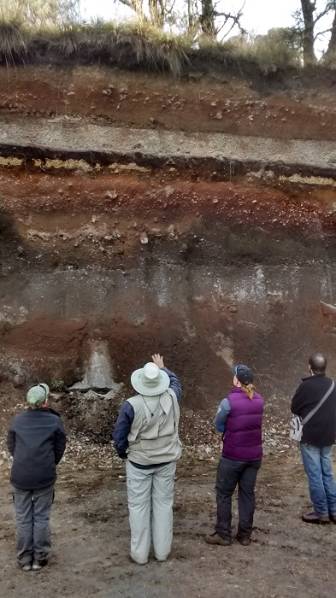

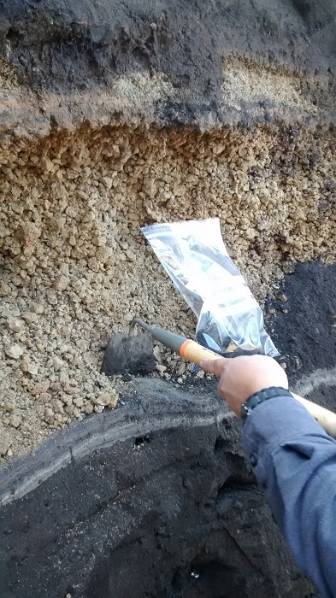





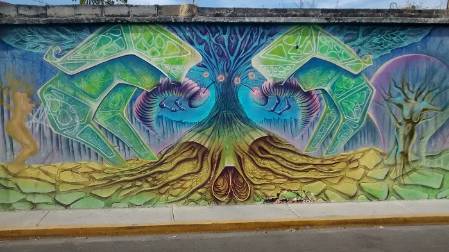
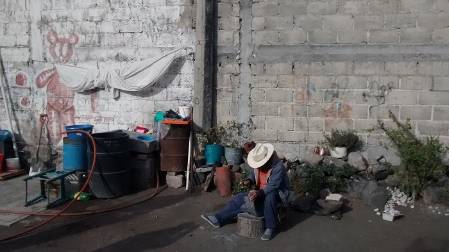
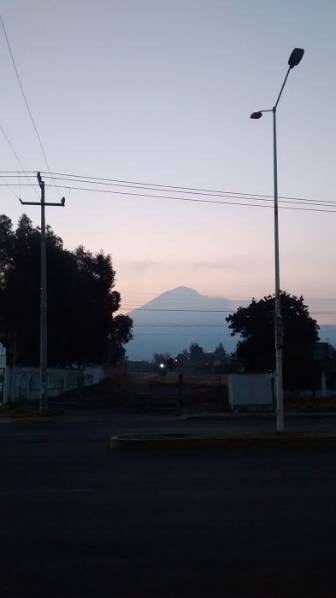
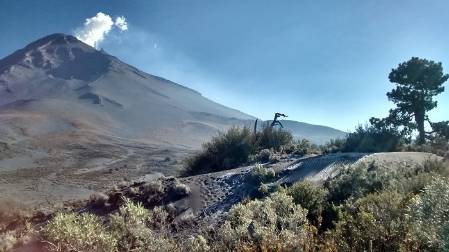
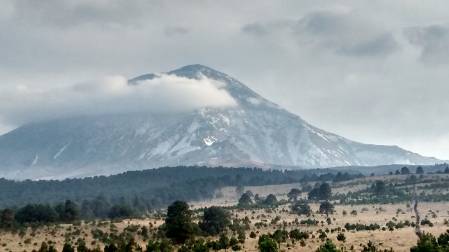
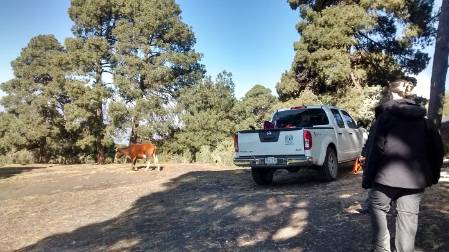
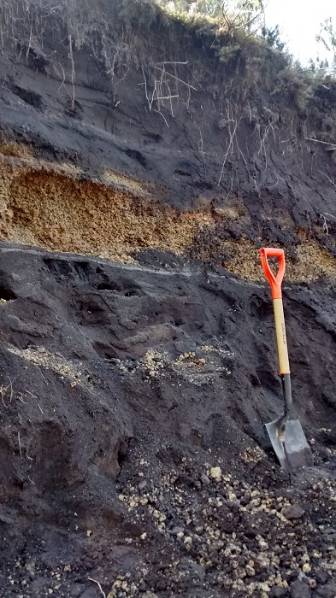
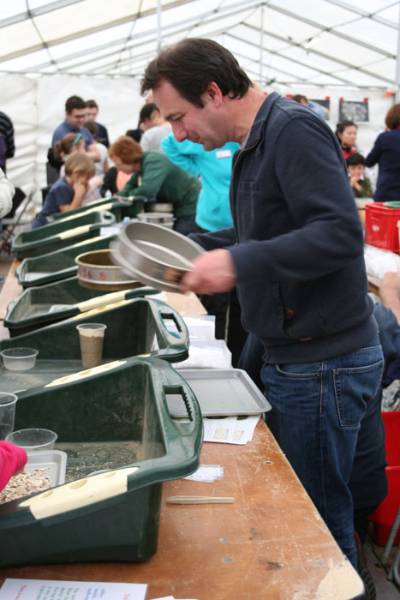
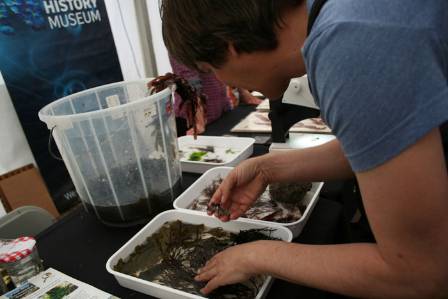
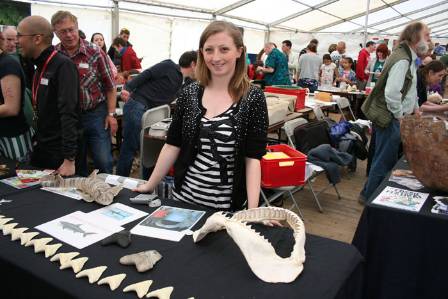
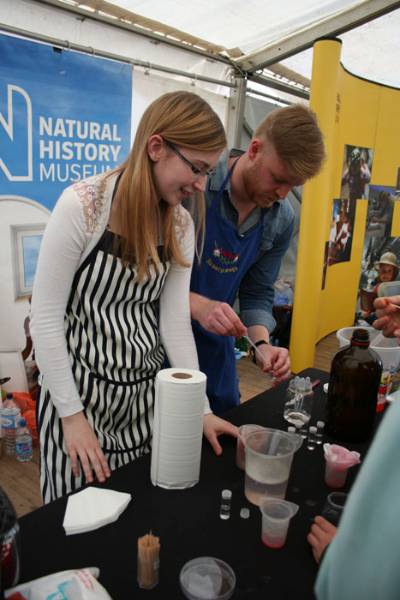
.jpg)
